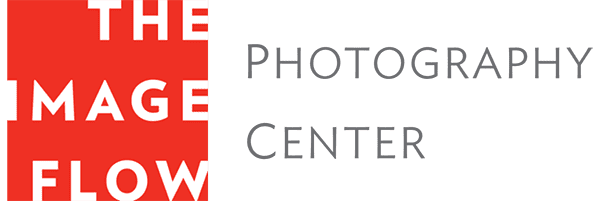

There are very few opportunities to study the alternative photographic processes like gum bichromate, platinum/palladium, or wet plate collodion—especially in the west. The Image Flow brings together the world’s best photographers and instructors to teach these processes on a rotating schedule.
“For anybody interested in the alternative processes, it’s a rare opportunity to learn them,” said Ed Carey, owner of Gallery 291.
A haven for photography
The alternative process community is a very small community. Ed has long been involved in alternative process photography and has gotten to know many of the best photographers in the field. “Many of the instructors who teach workshops at The Image Flow are well-known internationally. Through the gallery, I’ve gotten to know their work.”
The Bay Area continues to be a hotbed of photography, historically and currently. “I generally don’t have to ask people twice to come to California and to San Francisco in particular.”
The backgrounds of the participants in the alternative process workshops at The Image Flow are varied: From the retired professional looking for another avenue of expression to the novice interested in traditional photographic processes. “This is just another tool to express vision,” said Ed. “There are a lot of good artists who come here just for that.”
Platinum printing is the finest way of printing black and white imagery. “My interest has always been with black and white photography; platinum printing is most archival way to print black and white photographs and technically the most exquisite.”
The technique offers a long tonal range. Some people consider it flat because there’s so much tone in it, as opposed to silver printing, which offers far more contrast. “The longer tonal range of platinum printing is a great interpretation of the way I see,” says Ed. “Not everybody sees that way. Some of the other processes are more accommodating to other people’s vision. Platinum printing is a little bit of an acquired taste.”

To make a great print you have to start with a great negative
The alternative processes involve contact printing, which was highly laborious in the early days of photography, especially if one wanted to print an image larger than the original negative. Today, these processes are achieved using a digital negative. To create a digital negative, a photographer must either scan an image or shoot it digitally. Then using processes on the computer, you create a negative image that is printed on transparent film, at any size you want. That negative can then be used to with any process, from cyanotype to photogravure to platinum.
“The irony of it all is the technology is the antithesis of these processes. What we do at The Image Flow is an amalgam of both traditional and modern photography that makes alternative processes much more accessible to everyone,” says Ed.
It is helpful if participants have some experience in the process before they sign up for a workshop but not necessary. Each workshop begins with basic instruction on how to create a digital negative. Anybody who has a high level of interest can learn any one of these processes fairly quickly.
Students can get as involved with the chemicals as they want; some will just want to know what to mix together, while others might want to learn what each chemical is and why they interact. “Most artists aren’t into the chemistry of it all, but might want to learn a little bit how to manipulate it further,” says Ed.

A destination vacation
In addition to being a haven for unique, alternative process workshops, The Image Flow is located in close proximity to California’s wine country, San Francisco’s numerous museums, and the rugged and exciting Pacific Coast, as well as a huge range of other activities that make it a complete destination vacation. Additionally, Mill Valley offers lots of parking and is easy to get around, making the workshop experience that much easier and enjoyable.
“There is a great photographic community at The Image Flow,” says Ed. “Just about everybody who walks in the door is in some way involved with photography. Pretty much anything related to photography happens here.”
The Image Flow offers a rotating schedule of alternative process workshops. Check our workshop page to see what’s coming up!

